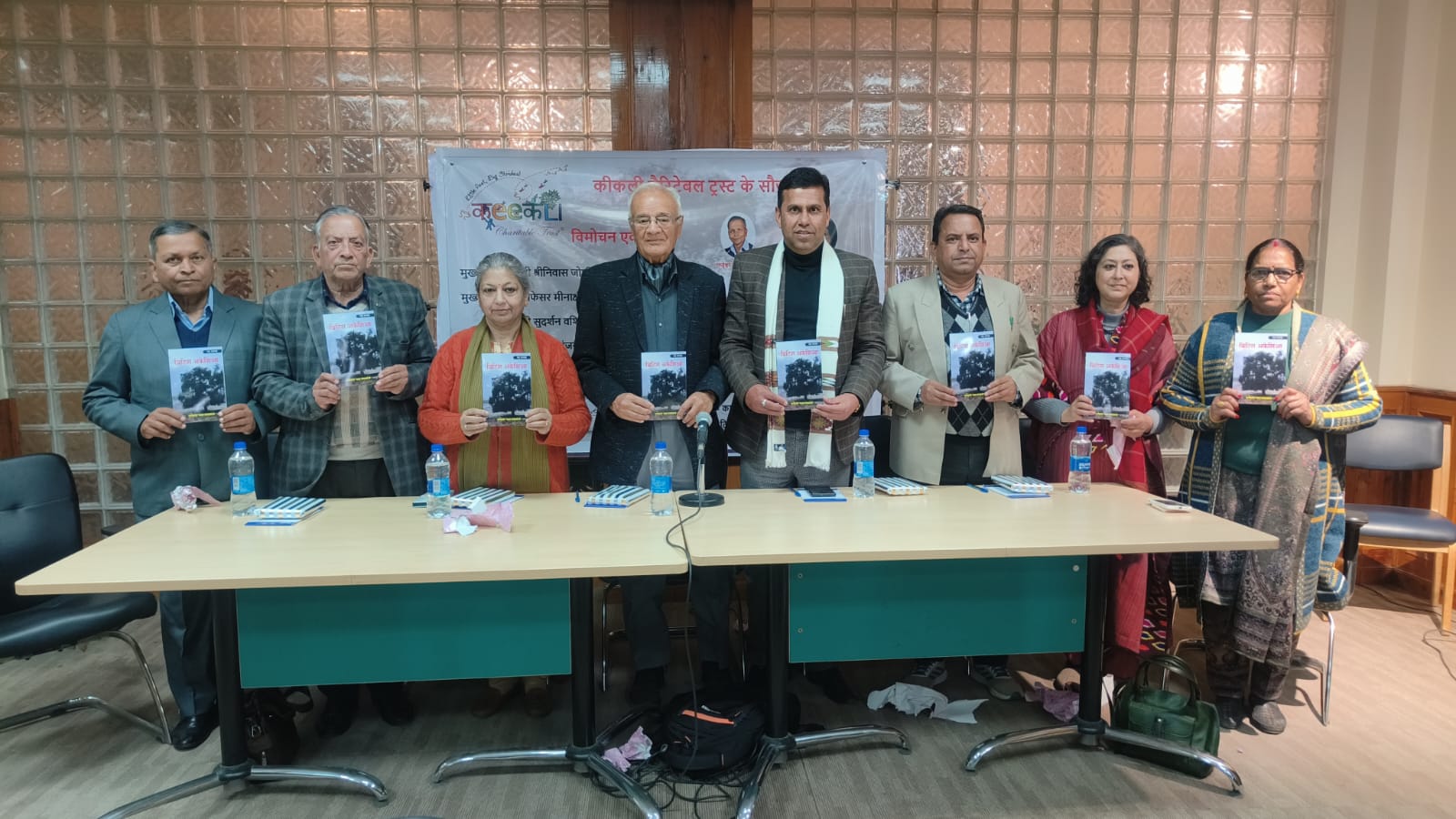Shimla’s Town Hall: From Greenery to Green Money
3 min read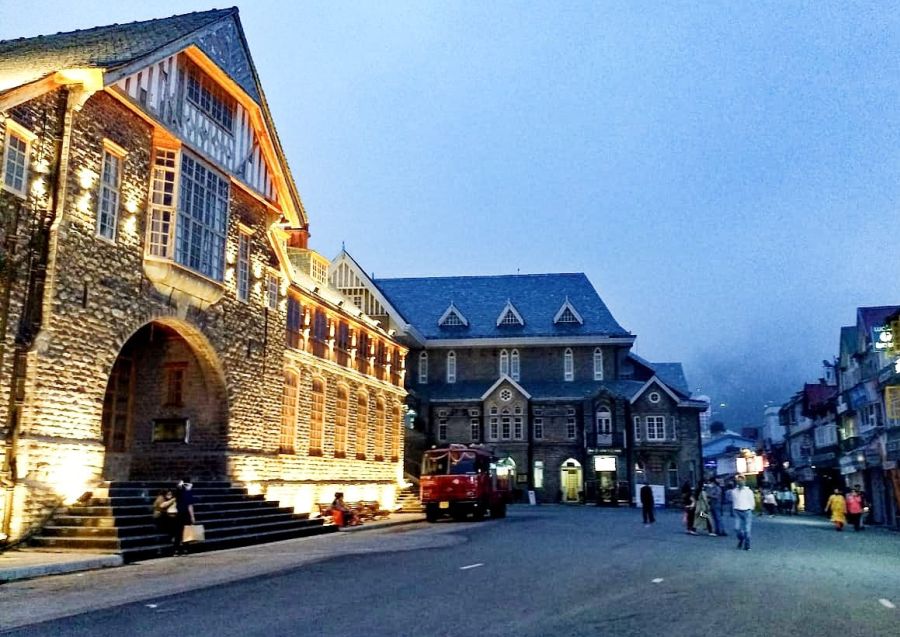
Shimla, Dec 3 Ritanjali Hastir
In Shimla’s history, the Town Hall, once a symbol of civic pride, has succumbed to the relentless march of commercialization, leaving behind the echoes of “Clean Shimla, Green Shimla” as mere rhetoric.
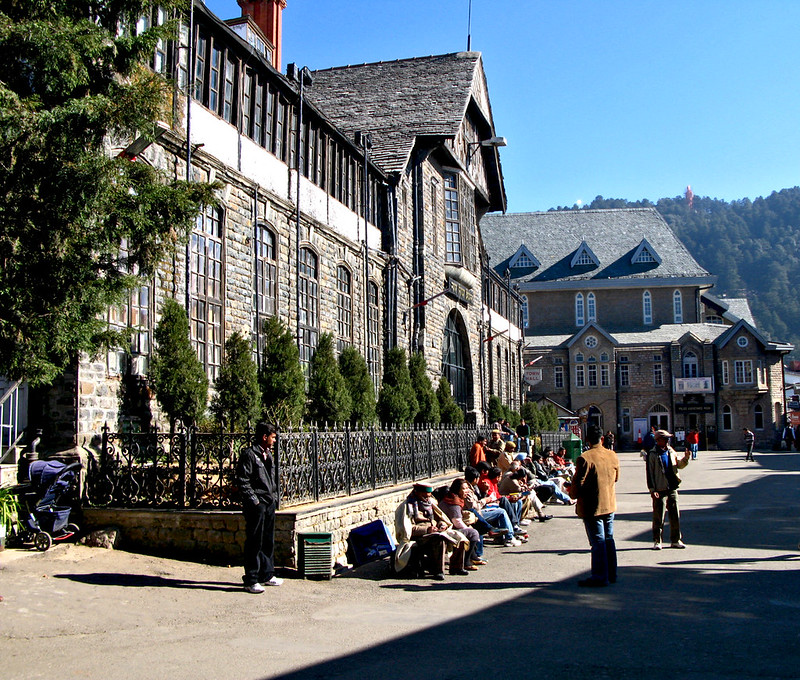
Once a cherished space for municipal affairs and a haven for residents, the Town Hall underwent a transformative facelift in 2015 under the late Chief Minister Virbhadra Singh’s government. The completion in 2021 saw a new chapter unfold as the BJP-led Municipal Corporation, led by Jairam Thakur, proposed the commercialization of this historic structure, discarding its green plantation and contradicting the very essence of “Green Shimla.”
The restored Town Hall, grieving of its once-lush greenery, now stands adorned with commercial hoardings, symbolizing the shift from environmental consciousness to the magnetism of ‘green money.’ The removal of the green embrace becomes a poignant metaphor for the town’s evolving priorities.
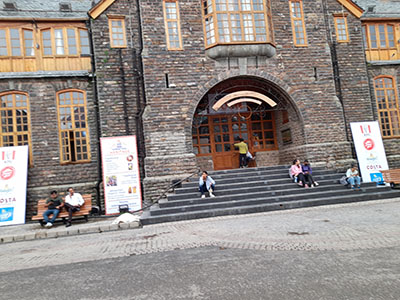
Former Mayor Sanjay Chauhan, a vocal critic of this heritage betrayal, penned an open letter to Chief Minister Thakur Sukhwinder Singh, urging immediate action to halt the Town Hall’s slide into private ownership. Unfortunately, the silence from the Chief Minister’s office echoes the indifference to the erosion of Shimla’s cultural identity.
The constitutional obligations of the Municipal Corporation are trodden upon as the Town Hall, a public space by origin, now lies with private entities. The decision not only defies constitutional norms but also deprives citizens of a dedicated venue for essential civic engagements.
The glaring contradiction between the removal of greenery and the cherished motto of “Green Shimla” raises questions about the sincerity of the ruling governments. The Himachal Pradesh Municipal Corporation Act, 1994, was seemingly discarded as the Town Hall transformed from a historic administrative center into a commodity up for capture.
The relocation of fire trucks, once strategically positioned for swift emergency responses, now paints a picture of negligence. The urgency lost in navigating the mall’s corners mirrors governance prioritizing commercial profit over public safety.
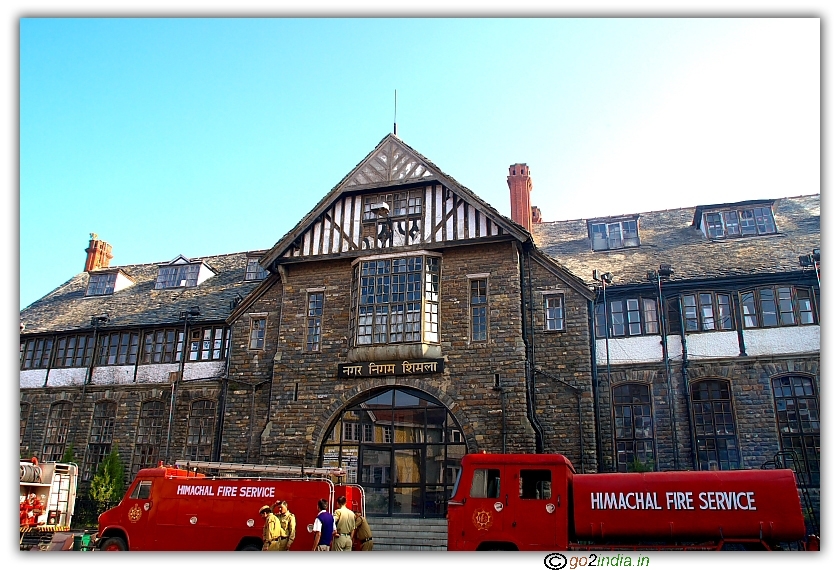
Shimla’s Town Hall was designed as a ‘Library and Offices’ by Scottish architect James Ransome in 1908, which now stands as a testament to the casual approach adopted by both past and present governments. It was only after partition that the Shimla Municipal Corporation offices were shifted here.
In the December 2017 directive by the division bench led by Acting Chief Justice Sanjay Karol and Justice Sandeep Sharma, a significant mandate was issued. The state chief secretary was instructed to submit a ‘personal affidavit’ regarding the utilization of the heritage building. At that time, the court expressed a ‘considered view’ that, post-restoration, the building could ideally serve as a library and other public amenities rather than being subject to the whims of bureaucrats.

However, to everyone’s dismay, even the ‘babus’ lost their battle as they were eventually displaced. Consequently, this historic building has now succumbed to the intrusion of foreign brands, delivering yet another blow to the ‘Made in India’ ethos. The risk of Shimla losing its global recognition for historic structures becomes more imminent as heritage takes a backseat to unplanned commercialization.
In this battle between greenery and ‘green money,’ the people of Shimla are left to ponder the cost of progress and development when it comes at the expense of their cultural legacy.



